17 Jan Photography Made Simple: Building Pinhole Cameras with Derek Faust
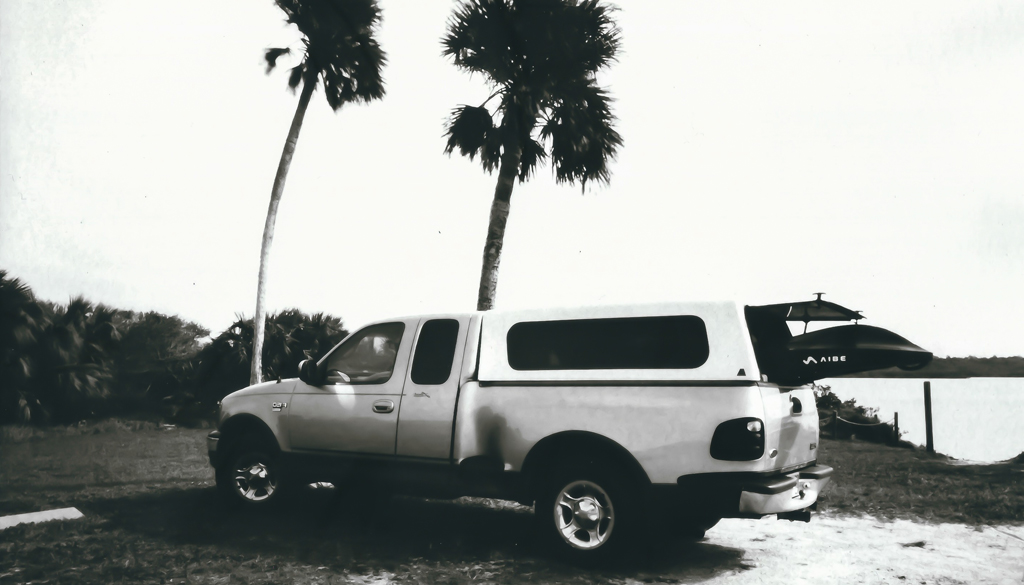
Pinhole cameras have their roots in the beginnings of photography and are the most straightforward tool for image-making. A small hole the size of a needle lets in just enough light to render the scene in front of you. The cameras need no glass, no intense mechanics, and can be made with light-tight household items like old coffee cans or oatmeal containers. Pinhole photography is a perfect gateway into alternative photographic processes, where you make unique, one-of-a-kind prints that help you see the world differently.
We wanted to hear more about the ease and simplicity of pinhole photography from Derek while also learning about his background in photography. Enjoy our interview below!
JCCFS: Tell us more about your class and pinhole camera building.
DF: Analog photography is often thought of as an exact science, the pinhole camera is a great format to challenge the science of photographic image-making. The simplicity of the pinhole camera and direct positive paper (paper positive in lieu of a traditional negative) presents countless opportunities to experiment and explore what is possible and leave some elements to chance.
We will explore many ways to capture an image without the use of lenses, light meters, and complicated darkroom equipment.
JCCFS: What can students expect to leave your class with?
DF: Students can expect to leave this class with multiple pinhole cameras and photographs that they make, take and develop themselves! Hopefully students will also leave with a new perspective on how organic and intuitive pinhole photography can be. One of the advantages to this weeklong course is that we can experiment and try things that we might not know the outcome of and build on the things learned. We will also look at a wide range of pinhole cameras and artists that have adopted this photographic format for their practice. From sculptural cameras to amazing images, the entire process of pinhole photography is ripe for artistic expression.
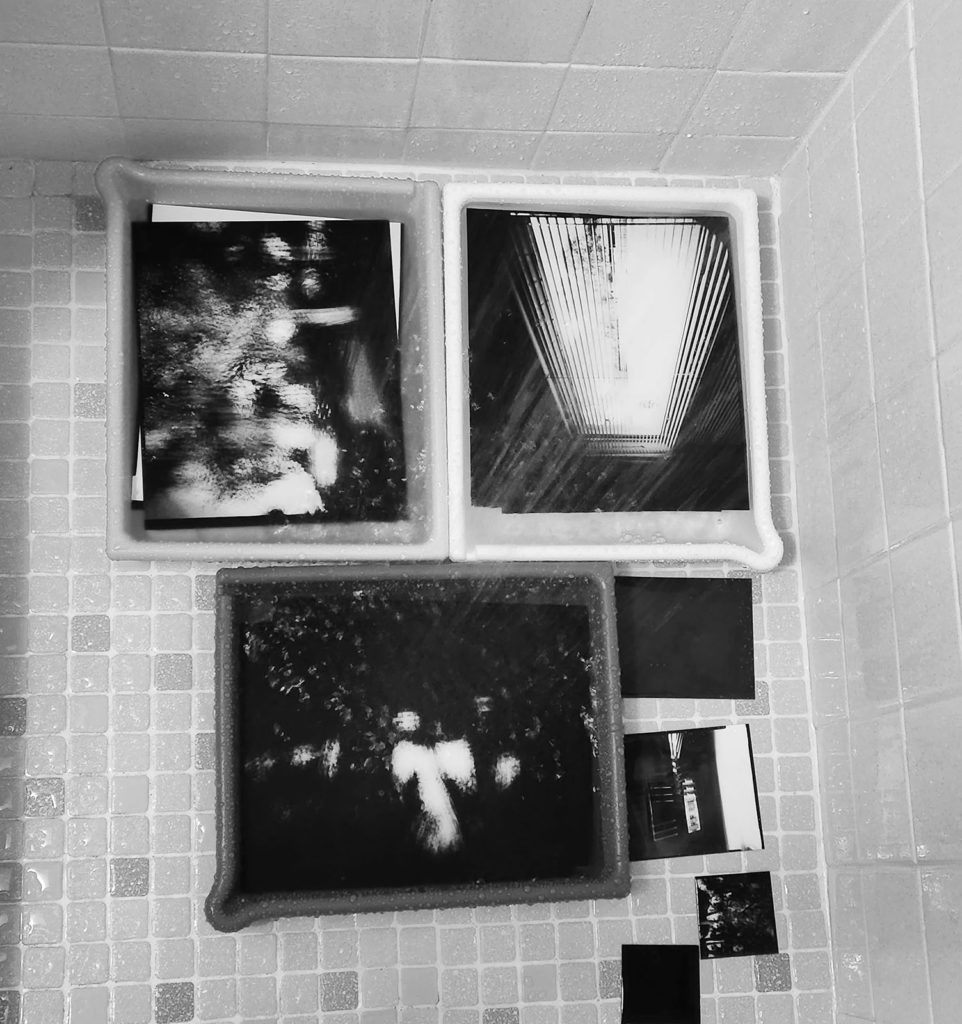
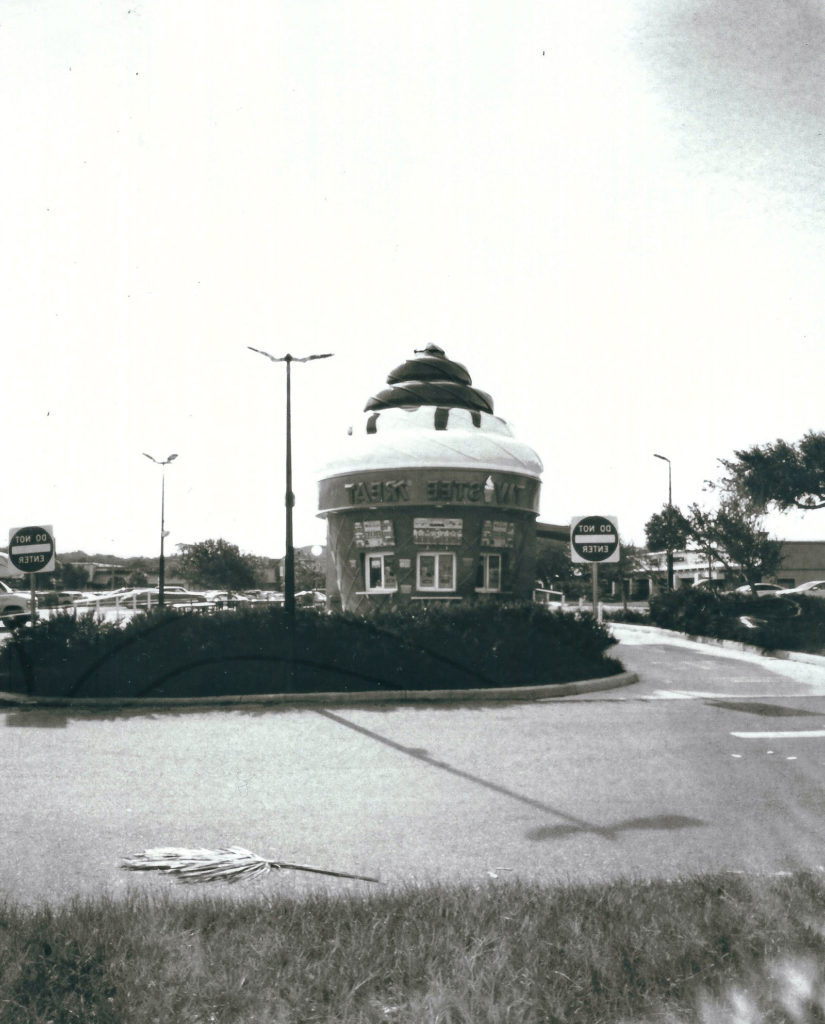
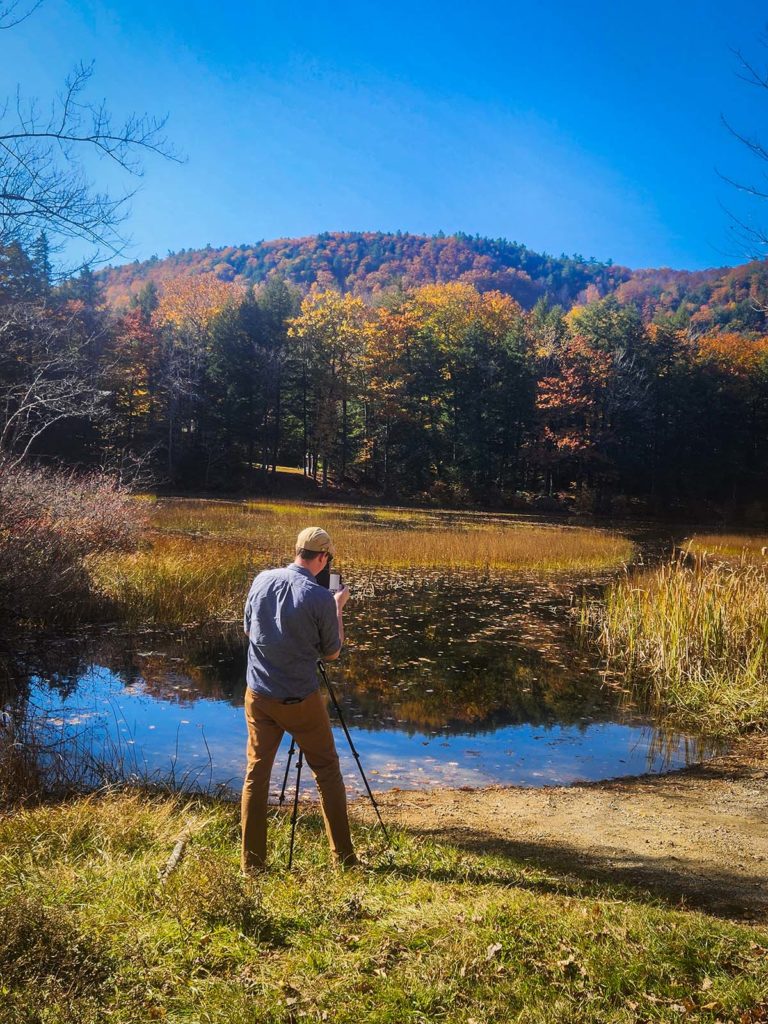
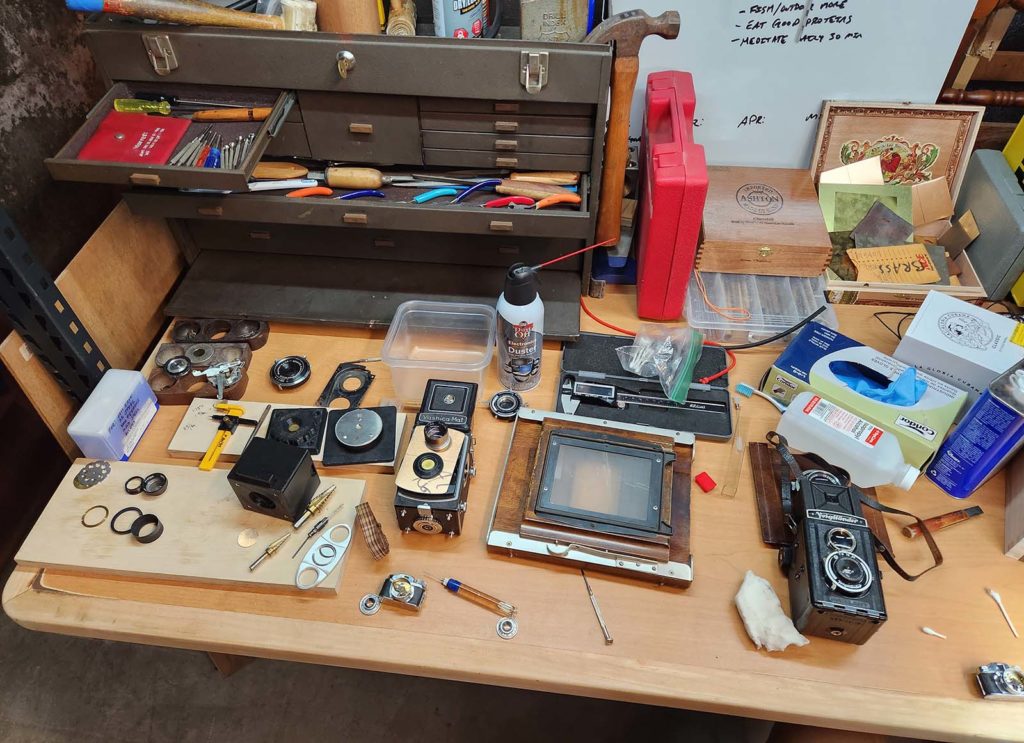
JCCFS: Tell us a little bit about you and your background in photography. How did you get started?
DF: Traditionally, I am a multimedia artist that uses found materials, found images, and other manmade materials. My practice stems from an interest in the analogous relationship between humans and the world around us. I believe that there is more to learn from the objects and materials that we use on a daily basis. This curiosity into observing the shredded tire on the side of the highway to the trinket in a gift shop has led me to explore the environment in which the found objects I am drawn to exist in. For me, it was natural that while acquiring objects to bring back to the studio, I could also bring back photographic images.
Photographs, to me, are more of a form of mark-making (light and time). I found that pinhole photography felt the most genuine for collecting an image similarly to how I would collect found objects. There is no lens in a pinhole camera. This has become important to me in that, on some scale, the film and the subject the camera is pointed at share the same space, and there is no glass/lens to segregate the two. The film I use is called Direct Positive Paper, an emulsion coating on a resin-bonded paper. This particular film does not require a transfer from negative to positive like traditional film does. For my process, this means that paper positive is in the camera and at the very location it is capturing an image of. The photographs I make are one-offs and it’s important that they retain their integrity as objects that shared light, space, and time with the subject on them.
JCCFS: Where do you draw inspiration from for your work?
DF: I draw inspiration from many places and ideas. Currently, I am interested in the concept of “place.” I find that I am often influenced by my surroundings and, as those surroundings change, so does the nature of my work. I am ever curious about societal value systems and our relationships to the physical world (manmade and natural). Traveling by automobile on my daily commutes and occasional adventures is my main source of material gathering. While driving, I allow the littered sides of the road, the vehicle I’m in, and the scenery to intermingle with my thoughts about human nature. I see analogies and metaphors for life in all these things.
JCCFS: Where can folks find you if they want to stay up to date on your work?
DF: They can visit my website at www.Derek-Faust.com, or they can follow me on Instagram @DerekFaust or @throughthelookingpinhole
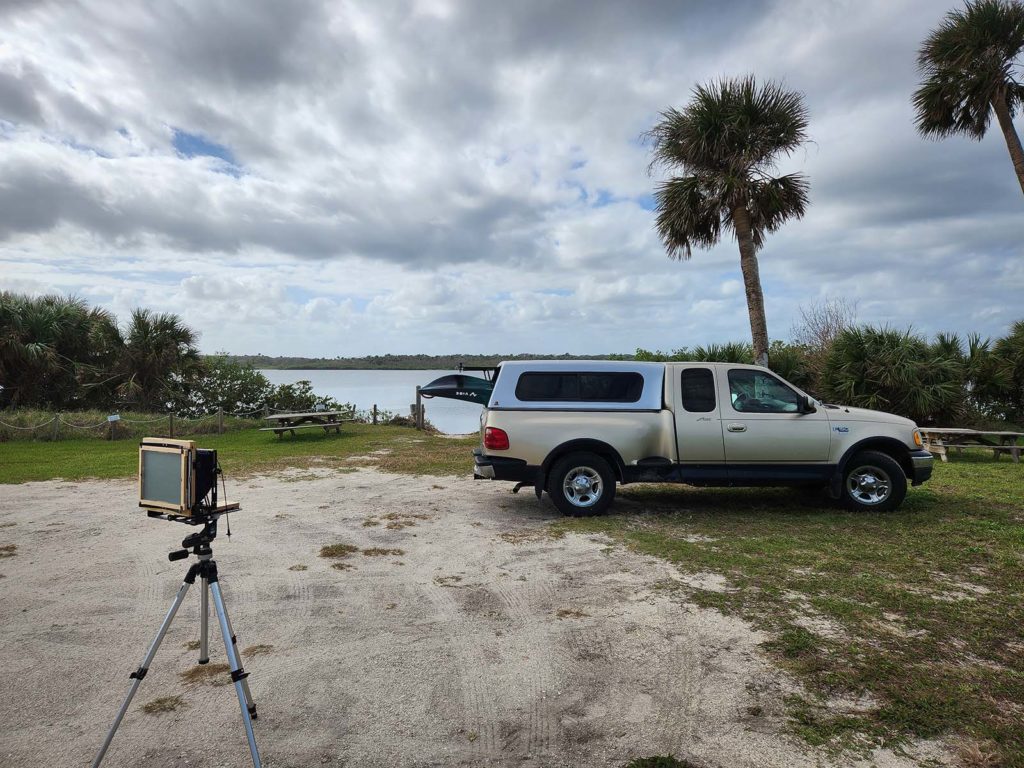
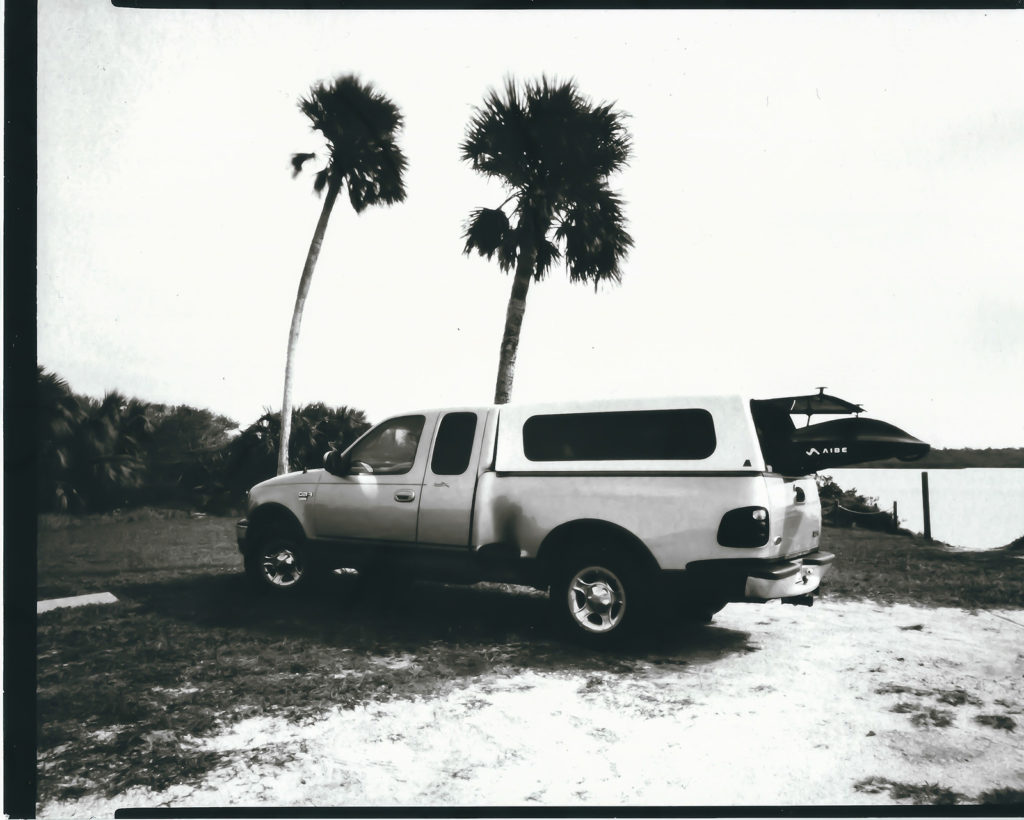
Upcoming Classes with Derek
Pinhole Camera Building and Experimental Image Making
May 17–19, 2024
Learn to create a camera of endless potential with nothing more than a lightproof box, some film, and a pinhole. Learn the very basics of analog photography while creating sculptural cameras that can be an extension of the images that you capture. Experiment with a variety of cameras and apertures to develop direct positive images that don’t require extensive darkroom equipment.
About Derek Faust
Derek Faust is a visual artist working in New Haven, CT. He received his MFA from Georgia State University and BFA from the Oregon College of Art and Craft. Faust’s work has been exhibited nationally at institutions including the Museum of Contemporary Art of Georgia, ATHICA, MINT, Solcumb Gallery (TN), and the Herberger Institute for Design and Arts (AZ). Faust’s studio practice ranges widely and is often inspired from places and objects from his travels and daily life. Faust is the Executive Director and Co-Founder of Doppler Projects, an experimental curatorial collective that responds to spaces, art, and concepts with uniquely curated exhibitions. His work can be viewed at Derek-Faust.com and his curatorial endeavors found at DopplerProjects.com.
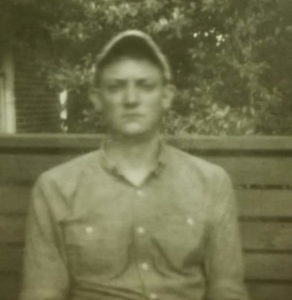



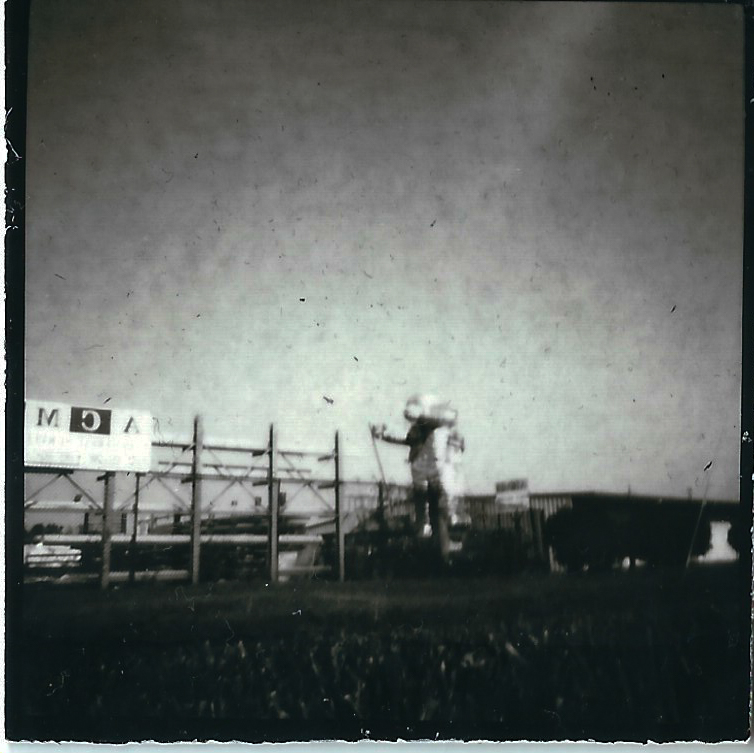
No Comments